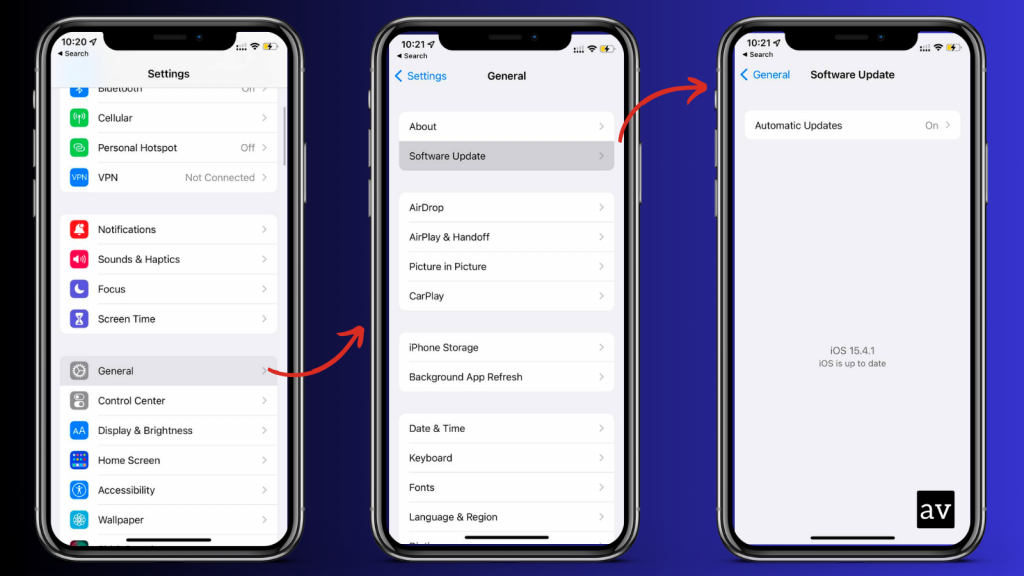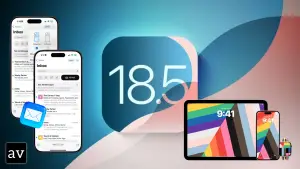Microsoft Outlook is an essential app for many iPhone users, helping them stay connected with their professional and personal worlds. However, occasionally, the app might run into issues and crash unexpectedly, leaving users unable to access their emails and schedules. Understanding the frustration this can cause, we’ve compiled a list of simple solutions to troubleshoot and fix the problem when Microsoft Outlook isn’t working as it should on your iPhone.
Solution 1: Check Microsoft Outlook Server Status
Microsoft Outlook has faced outages before, and there is a good possibility that it might be facing downtimes now. We suggest you check Downdetector to check if Microsoft Outlook is down.

However, if Microsoft Outlook is up and running fine, let’s try a few more methods to troubleshoot and resolve the issue.
Solution 2: Restart Your Device
A simple yet effective starting point is to restart your device. This basic troubleshooting step can resolve minor glitches and improve your device’s performance, ensuring a smoother operation of Microsoft Outlook.
Here’s how you can restart:
- To turn off your device:
- For iPhone X and later models: Press and hold the volume down button along with the side button.
- For iPhone SE (2nd or 3rd generation), 7, and 8: Press and hold the side button.
- For iPhone SE (1st generation), 5s, 5c, or 5: Press and hold the top power button.
- Slide to power off when prompted and wait for about 30 seconds.

- Power your iPhone back on by holding the power button until the logo appears.
Solution 3: Toggle Airplane Mode
Toggling Airplane Mode on and off can refresh your iPhone’s network connections, which might solve the crashing issue:
- Swipe into your device’s Control Center.
- Tap the Airplane Mode icon to turn it on, wait a few seconds, then tap again to turn it off.

Solution 4: Close Microsoft Outlook and Background Apps
Another common issue is the lack of sufficient RAM to support both Microsoft Outlook and other background applications. Closing all apps can free up the iPhone’s memory:
- Double-press the home button or swipe up from the bottom (for devices with Face ID) to access the app switcher.
- Locate Microsoft Outlook and swipe it up to close.

Solution 5: Update Microsoft Outlook
Using an outdated version of Microsoft Outlook can lead to not opening. Ensure you have the latest version installed by checking for updates in the App store. Developers regularly release updates to fix bugs and improve performance.

Solution 6: Update Your Device’s OS
Keeping your device’s operating system up to date is crucial for app compatibility and performance:
- Go to Settings > General > Software Update.
- If an update is available, follow the prompts to install the latest version.

Solution 7: Reinstall Microsoft Outlook
If updating doesn’t work, try reinstalling Microsoft Outlook:
- Press and hold the app icon on your home screen until a menu appears.

- Tap “Remove App” or “Delete App” and confirm.
- Reinstall Microsoft Outlook from the App Store.
In conclusion, app crashes can disrupt your day, but with the right steps, you can quickly restore functionality to Microsoft Outlook on your iPhone. By checking the server status, restarting your device, toggling airplane mode, closing unnecessary apps, updating the Outlook app, keeping your iPhone’s OS current, or even reinstalling the app, you stand a great chance of solving most issues. Next time Microsoft Outlook crashes, simply follow these tips to get back to your emails and meetings with minimal disruption.




